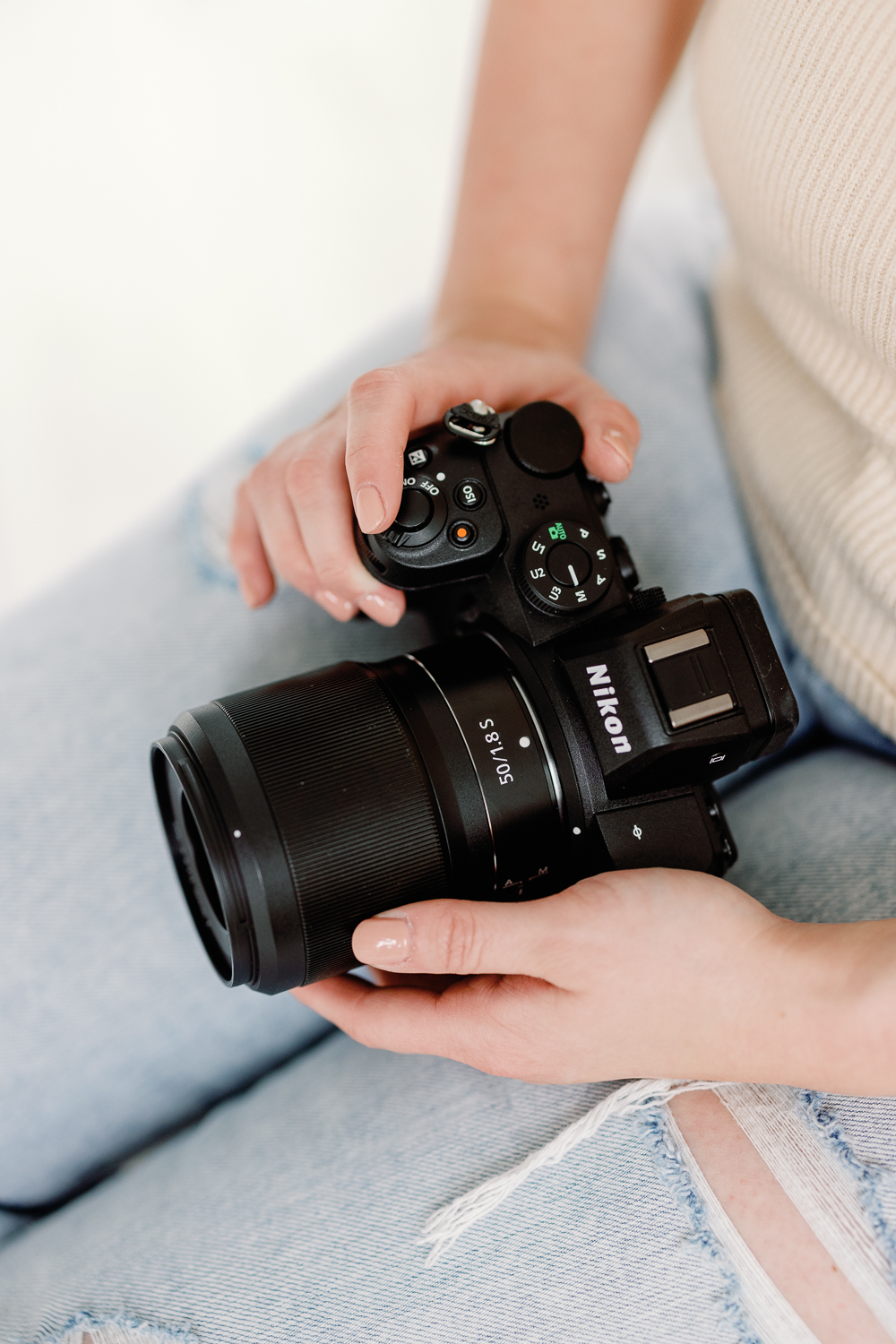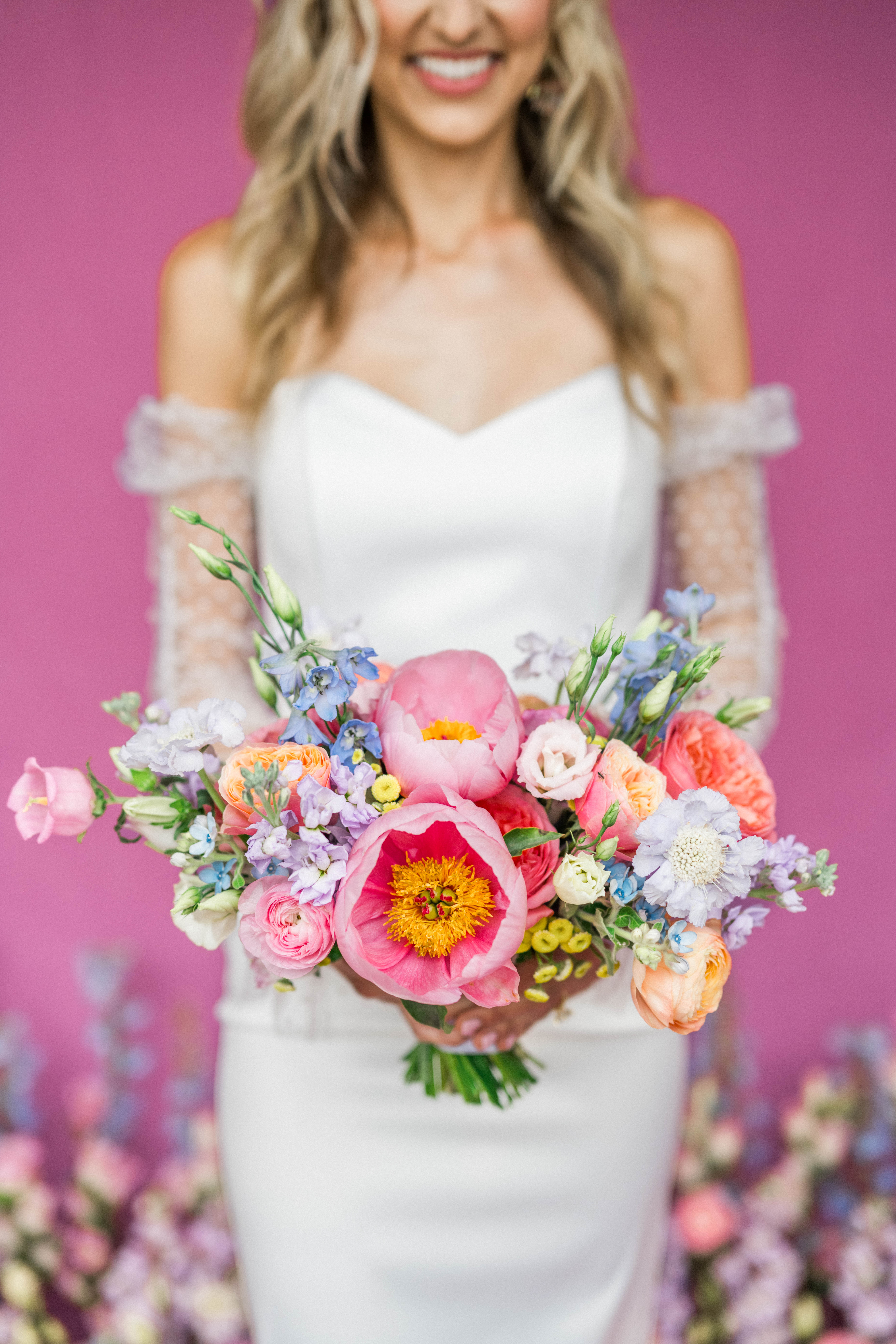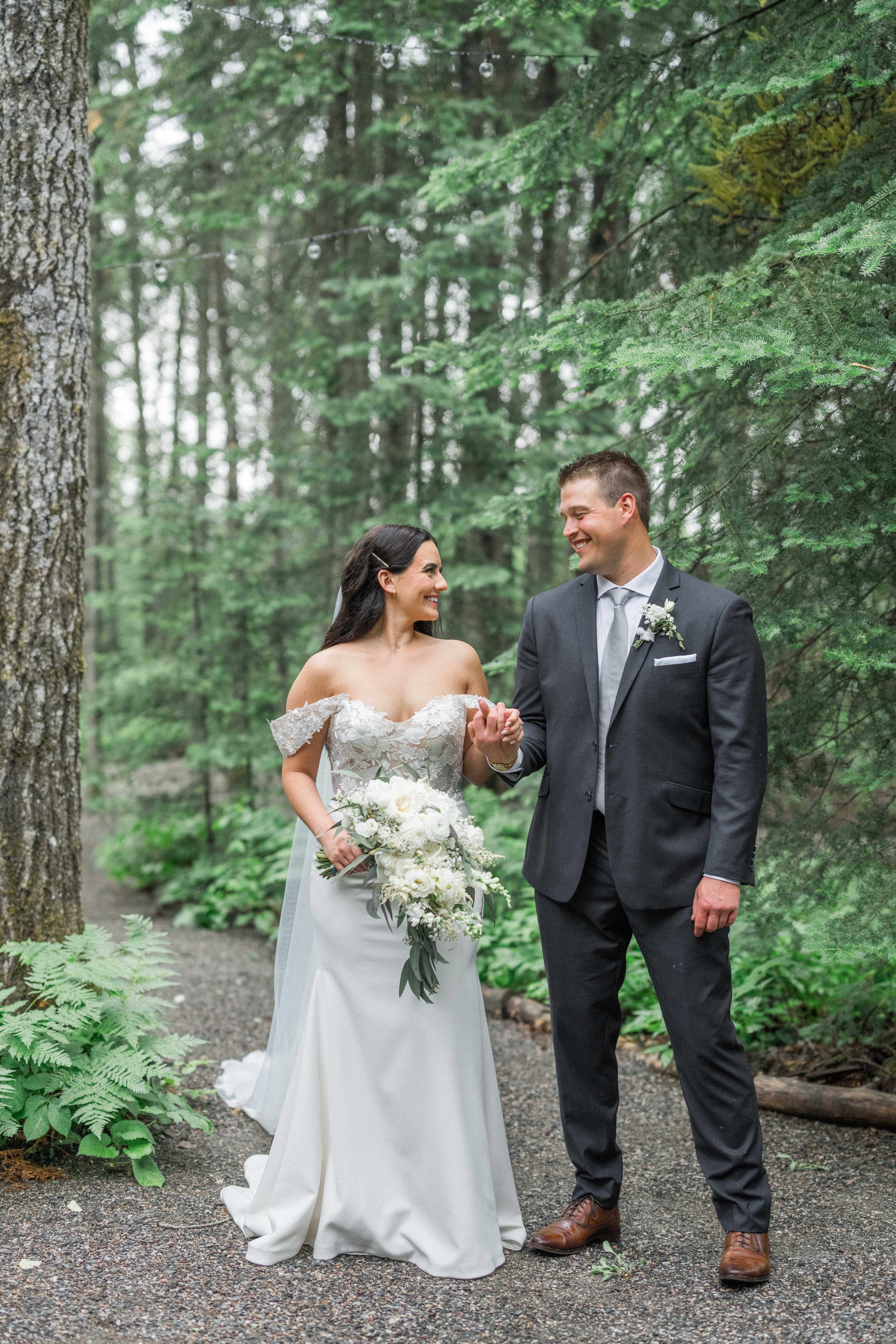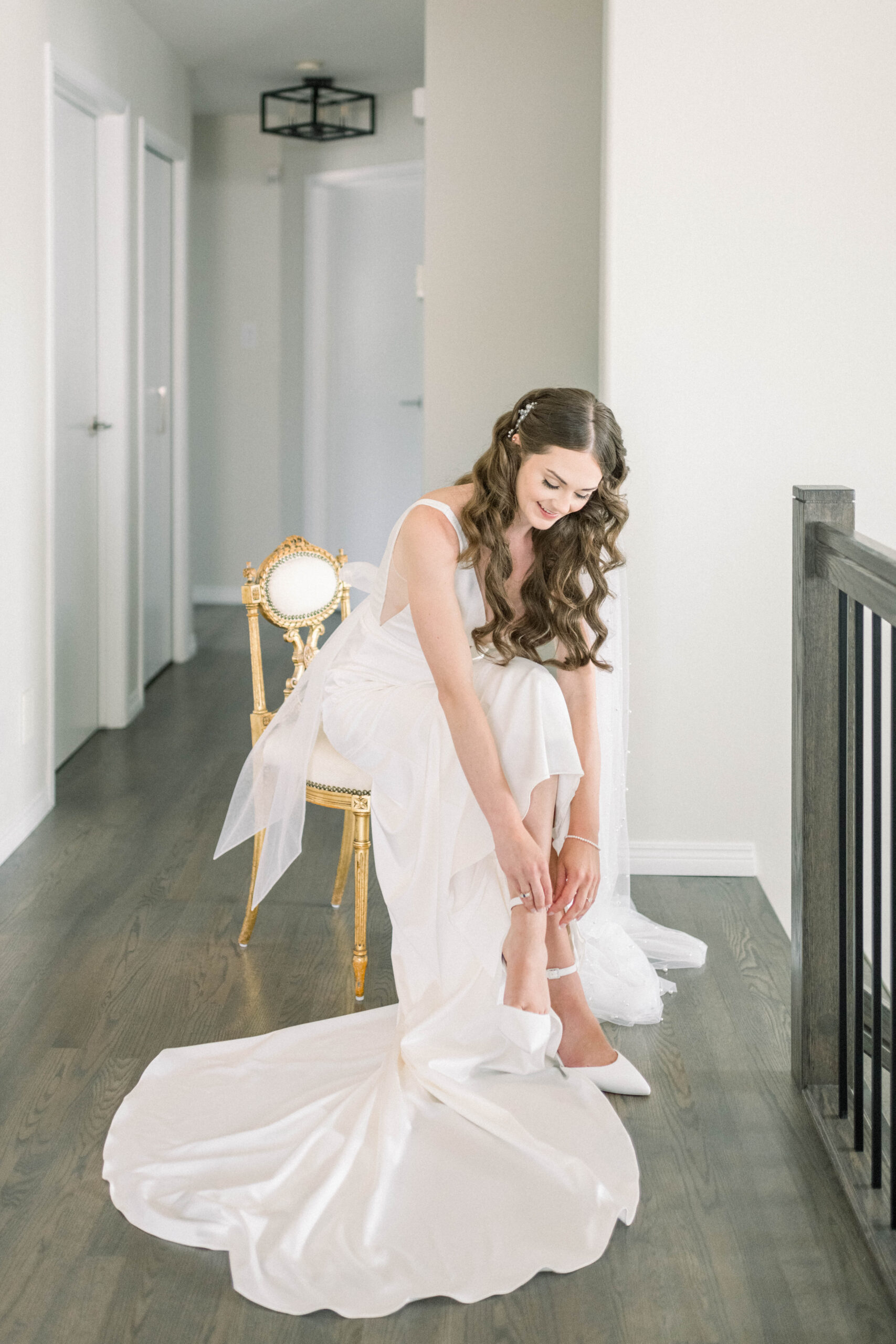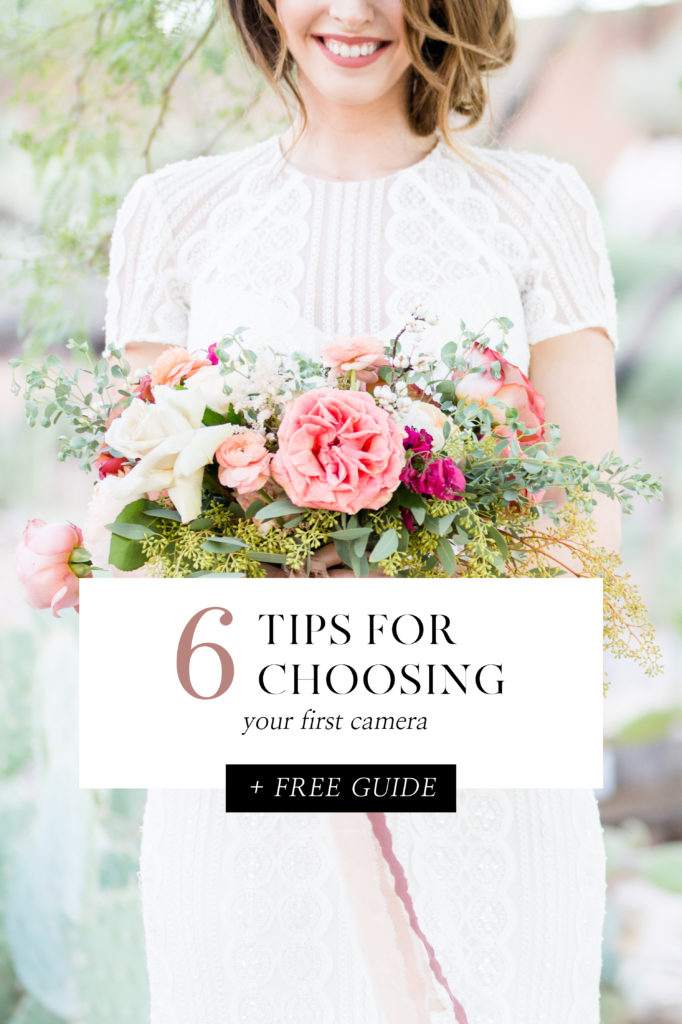
One of the questions I see new photographers asking most often is, ‘what’s the best camera for a new photographer?’
For me, when I bought my first camera in 2011, it was an impulsive decision. And I definitely didn’t stop to ask anyone for advice before purchasing. However, I did know I was looking for 3 things.
The most important thing: I wanted a camera that didn’t take so freaking long to focus before taking a picture —unlike the Sony Cybershot I’d been using for years. From experience with my mom’s Nikon film SLR, I knew a DSLR would give me that speed I was looking for. Which brought me to the next thing: I wanted it to be a Nikon. I’d had experience with, and liked them, so that’s what I wanted to go with. And last, it needed to be the least expensive model out there. Because, you know, broke student problems.
With those very important criteria in mind, I bought my first camera. A Nikon D3000. Was it a decent camera? Sure. It did what I needed it to do (although at the time I had no clue what that was). Would I have bought that same camera had I stopped and asked for advice on what a good camera would actually be? I’m not sure.
Over the years, I’ve used almost every level of DSLR Nikon offers. While this means I’ve wasted, I mean *spent*, a lot of money, it also means I’ve learned a lot about what to look for when buying a camera.
I want to share that hard-earned knowledge with you. I want to help you make an informed decision when it comes to choosing the best possible camera to get you started on your photography journey. And that brings me to today’s blog post. Here are 6 things I think you should be looking for when choosing your first camera. Hint: only 1 of the things I was looking for when I bought my first camera made the list.
1. Low Light Abilities
Hang with me for a second while I get a little nerdy because in order to understand how your camera works in low light, I need to explain ISO first!
ISO is how sensitive a camera’s sensor is to light. The higher the ISO, the more sensitive your camera’s sensor will be and the more light it will pick up. Therefore, if you want to take images in low light situations such as indoors on a cloudy day or in the evening when the sun is low, you will need a camera that has higher ISO capabilities.
The bad news is… most entry level cameras don’t have a very high ISO they can go up to before the images become unusable.
This is because the higher your ISO the grainer your images will become.
With some entry-level DSLRs, you can’t go over 400 ISO (which is not very high at all) without your images becoming so grainy you can’t use them (I’m looking at you, D3000).
When looking for a camera, even as a new photographer, look for one that will allow you to go to at least 1600 ISO and still give you decent, not super grainy images.
The simple way to find out if a camera handles low light well, even if you don’t really understand what ISO is, is to Google ‘[camera model] ISO test”. This will give you sample images so you can see just how high the ISO can go before images start looking terrible.
2. Megapixels
With megapixels, a bigger number doesn’t always mean better.
For instance, smartphones are always boasting a ridiculous number of megapixels but they still have tiiiiny little sensors. Which means those pixels on the sensor are tiny as well. And tiny pixels mean that the bigger you try and make the picture, the worse it’s going to look.
With a DSLR or Mirrorless camera, the sensor is much larger which means so are the pixels. Because the sensor is so much larger you don’t need nearly as many megapixels.
Anything between 16-26 MP will do just fine. I use a D750 which is 24.3 MP and haven’t had a problem with image sizes!
3. Autofocus
Not all cameras are built equal when it comes to autofocus. Before purchasing your camera, test it out in store if you can to see how it focuses. Try focusing on something far away and then something close to you to see how long it takes to reset focus.
If it takes too long, don’t buy the camera! You don’t want to miss out on special moments because your camera is too busy trying to focus — I know first hand how annoying that is!
4. Manual Capabilities
I see a lot of new photographers asking about whether a point and shoot camera is good for them. And I’m going to save time and say the answer is almost never.
Unless you’re wanting one of those ones with the superzoom lenses that lets you zoom in to the Space Station to see what the astronauts are up to.
I’m kidding, by the way. But seriously, save your money. When it comes to point and shoots, most smartphones are going to do pretty well the same thing.
And while your smartphone camera can be a great tool — I’ve documented many vacations with mine — the one important thing that Point and Shoots and your smartphone don’t allow you to do is to shoot in manual mode. And, if you haven’t heard, manual mode is where the magic happens!
This is because when you shoot in manual mode, you’re able to take full creative control over how your image looks. You tell your camera how you want the final picture to look.
In Auto mode, which is what phones and P&S cameras use, your cameras aren’t programmed to think creatively. They just want to take a picture that makes everything look not too dark and not too bright. And this usually means using the least creative settings imaginable to get there.
Using manual mode allows you to get creative and overwrite those camera settings telling it how you want the images to look. And that is pretty magical if I do say so myself!
5. Interchangeable Lenses
When you buy a camera with interchangeable lenses, this pretty well guarantees you’ll be able to shoot in manual mode. Above that, buying different lenses is what is going to really allow you to get creative with your images!
While they may not be something you’re looking to buy as a new photographer they are something you’ll want in the future when you crave something more than what your kit lens can give you!
One thing to note when buying a camera, try to avoid ones that have more than one lens in the kit. You’ll feel like you’re getting a good deal but the lenses they include aren’t really that great. Save your money and put it towards an extra lens of your choice instead!
6. RAW Capabilities
RAW images are unprocessed images that look flat and dull when they come out of your camera, but they pack a punch! They retain alllll of the data your camera captured when taking the picture and that means that you have almost unlimited options when it comes to editing your images.
While you may not want to stray away from JPEG right away because, admittedly, they are simpler and quicker to share, you’ll eventually want something more. And RAW will give that to you! So make sure to get a camera that has the option to do this for when that time comes 🙂
And there you have it, those are the 6 things I’d look for in a beginner camera if I were to do it all again!
To download an even more in-depth guide to buying your first camera, with breakdowns of some of the more popular DSLR models and what to look for when buying lenses, click the button below. PS. The guide is completely FREE!
** Most DSLRs and Mirrorlesses will come with Interchangeable lenses, Manual Mode, and RAW capabilities but I just want you to make sure you’re looking for those when you go to buy your camera 🙂
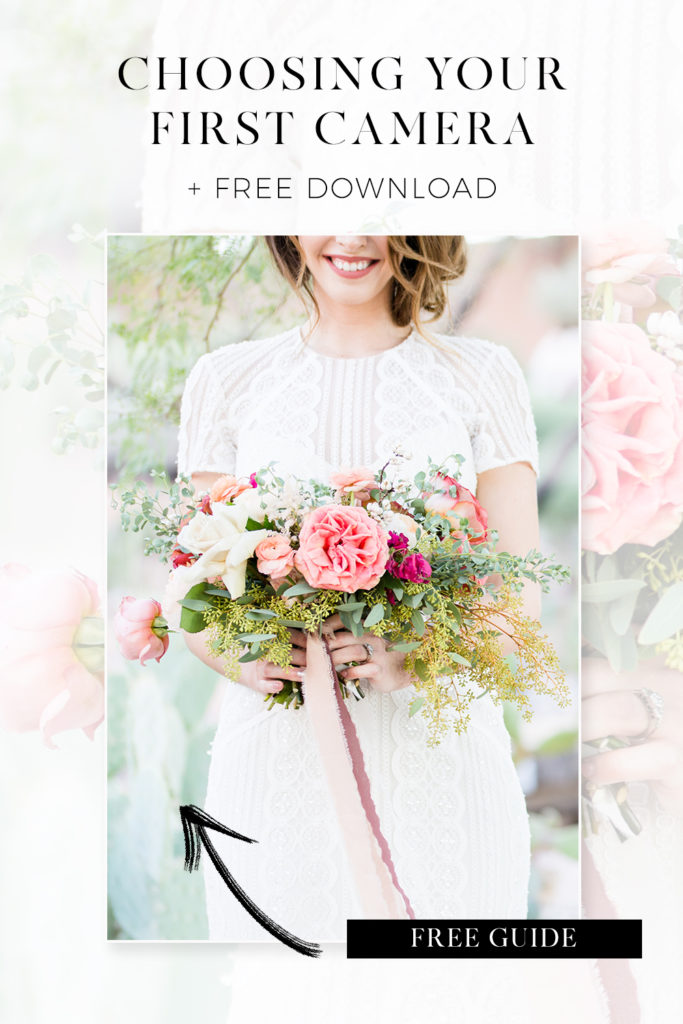
Until next time! 🙂

